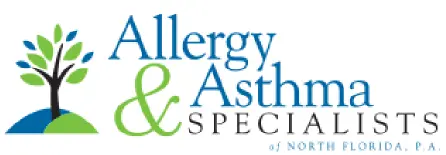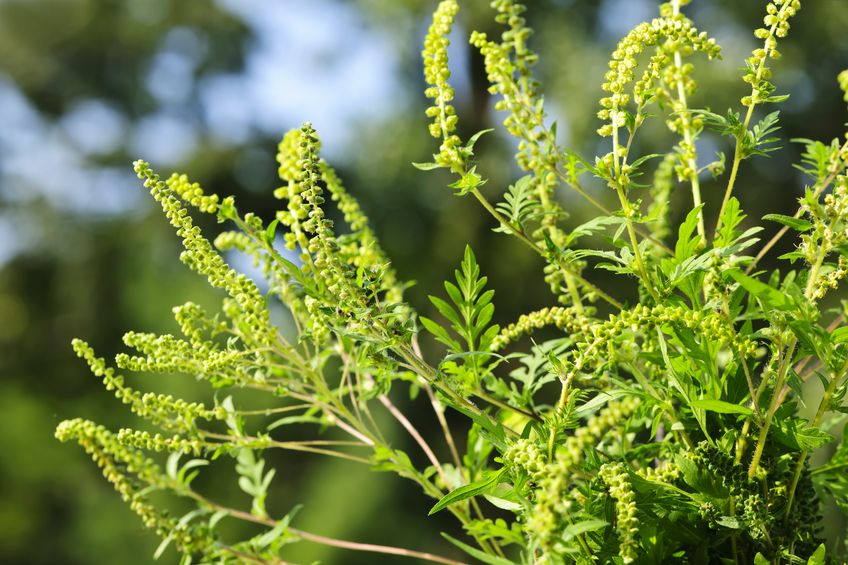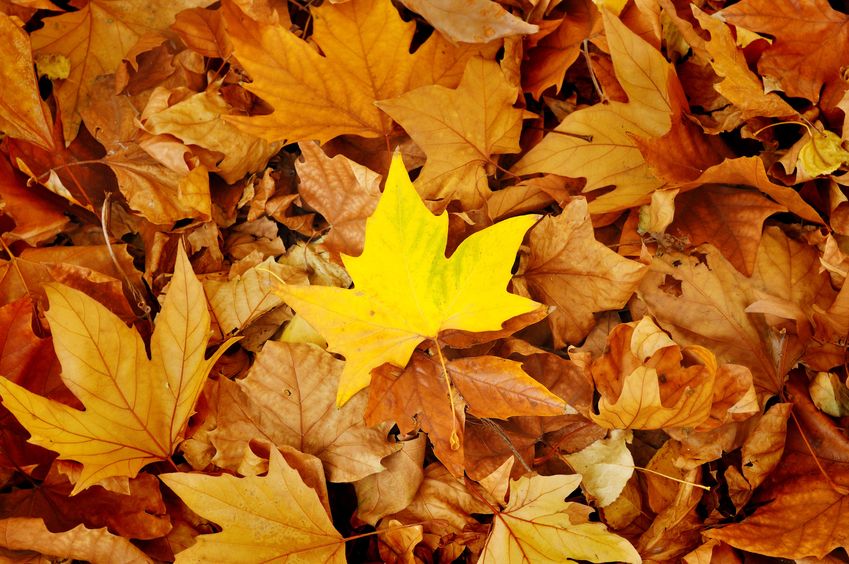The Complete Guide to Florida Fall Allergy Season 2024

updated: Sept 2024
Most people in America look forward to autumn with its pumpkin spice lattes, mild sun and cooler air.
North Floridians though, know this time of year as “extended summer” and if you’re one of the estimated 40 million fall allergy sufferers in the U.S., this time of year can be very unpleasant.
It doesn’t have to be that way, though…
With the proper precautions and correct allergy treatments, you can enjoy all that autumn has to offer.
While most people often associate allergies with spring and the pollen produced by flowering plants, fall can be the worst season to deal with allergies. As the weather here in Jacksonville cools, plants tend to release more pollen and the moist, cool air leads to increased mold growth on leaves and other surfaces. Add to this the sheer amount of rain we’ve had since August just increases the mold growth.
Combined, these factors can trigger severe allergic reactions.
What are fall allergy symptoms?
Fall allergy symptoms are not much different than what you would expect at other times of year. Most people refer to their symptoms as hay fever, while doctors refer to it as seasonal allergic rhinitis.
Whatever you call it, symptoms include:
- Itchy, watery, and stinging eyes.
- Coughing and wheezing, potentially leading to asthma for sufferers.
- Scratchy throats and excessive saliva
- Upset stomach
- Worsening eczema
- Life-threatening asthma attacks in extreme cases.
What are the most common Florida fall allergens?
Here in Florida, most fall allergies are caused by either weed pollen or mold spores. Because our weather provides for longer growing seasons, grass and mold pollen allergies tend to extend well into November.
Here are the most common culprits we have to contend with:
Ragweed
This is probably the number-one cause of fall allergies. Ragweed thrives all over the Central and Eastern United States, from far north to deep south. If you have hay fever symptoms in the fall, it’s almost certainly due to ragweed.
Though ragweed starts to release it’s pollen with cool evenings and warm, humid days in August, it can continue well last into September through October.
Approximately 75% of people who are have spring plant allergies are also allergic to ragweed.
Additionally, ragweed pollen gets around. The amazing thing is that even if ragweed pollen isn’t common where you live, wind blown ragweed allergens can travel for hundreds of miles!
Common Ragweed
It can grow as tall as five feet, with leaves that are arranged alternately and leaf blades that are long and have deep divisions in them. The flowers are not “showy” and result in small, green or yellow spikes.
Giant Ragweed
Fittingly named, giant ragweed can grow up to 15 feet high, with stems that have multiple branches and hairy leaves that grow opposite of each other (until you get high up the weed). The leaves are sandpaper-rough and rounded.
Both types of ragweed release their pollen in late summer and continue to saturate the air through the first frost (which doesn’t happen often here in North Florida).
One ragweed plant is capable of producing more than one billion grains of pollen per season.
Treatment and Defense against Ragweed Allergies
The best defense is a good offense.
With proper weed control, you can get rid of the ragweed around your home. Remove any ragweed plants you find around your property and have your yard treated to kill weeds and control the pollen release near your home.
Also do not wait to contact your allergy specialist to plan your allergy treatments. Allergy immunotherapy treatment involves administering small doses of an allergen to get your body used to it and induce long-term tolerance of the allergen.
Mold Allergies
Mold is found wherever the weather is damp and cool. While we don’t have long-term cool weather, we do have a good amount of humidity, and the cooler fall air (which can dip into the 40s during the evening) can lead to an increase in mold growth for North Floridians. Molds grow especially well in decaying plant matter, such as leaves and grass clippings, as well as compost piles and rotting, wet wood.
The first defense is to clear leaves and piles of plants that could invite mold growth, and fix or remove rotting wood. Don’t forget to look around your house (including inside) where dampness occurs and where mold growth may hide.
According to our friends at the American Academy of Allergy, Asthma & Immunology (AAAAI), our weather plays a significant role in how bad mold allergies will be.
The damper the conditions, the more mold there will be. We’ve had a very dry late summer but that appears to be likely to change.
Forecasts for the coming fall appear to favor mold conditions as forecasters predict a great potential for tropical storms and storm threats and our area.
Fall allergies are getting worse, and with the extended seasons we have and the extended tropical weather season going into November, we can expect worse fall allergies this year and for years to come.
Also, while it is not the threat it once was, we should still be wise about the threat of COVID and viral asthma along with the usual cold and flu season that could create additional problems this fall.
Mold spores spread through the air similar to the way pollen allergens do, but there are two major differences: Mold spreads easily indoors and does not die off with a cold snap — it will just go dormant until temperatures are warm enough to bring it out of it’s dormancy.
This means mold can reappear here in Jacksonville with the first early signs of spring in late February.
Treatment and Defense against Mold and Spore Allergies
This is another case where taking precautions can really help limit your and your family’s exposure to mold.
First and foremost, clean up all dead and decaying plant material from around your house, rake up those leaves, get rid of rotting wood, clear your gutters of debris, and clean up compost and garden beds.
Inside your house, consider investing in a good dehumidifier. Do your best to keep humidity levels low—below 50 percent is ideal within your house. In your garage and attic, make sure boxes aren’t damp and ensure insulation hasn’t gotten wet from the heavy rains we’ve been experiencing. Attics and garages can be a major incubator where mold can grow.
If allergy symptoms hit, make sure to visit your allergist. Mold is a potent asthma trigger and you’ll want to have your inhalers ready and have your allergy and asthma management plan in place. If you’ve only recently developed allergies, your allergy specialist can test for your specific allergies to pollens and molds, which will help determine if you should start allergy shots. Immunotherapy is a proven method for controlling fall allergies.
Other Seasonally Related Triggers
While people think of “seasonal allergies” as referring to grass, pollen and mold allergies, there can also be other allergy triggers that are closely tied to specific seasons. Among other fall allergy triggers:
- Smoke (from fall campfires)—Fall weather in Jacksonville makes for ideal s’mores roasting time and a small bonfire makes the early evenings a bit more cozy—but if the smoke from campfires results in an asthma attack, then it’s no fun at all. Since smoke is a common asthma trigger, always sit upwind of the smoke and keep your distance from the fire to prevent an asthma flare-up.
- Insect bites and stings—for insect allergy sufferers, certain bugs around your yard can be more than just a nuisance. An estimated two million Americans are allergic to insect stings, which can cause the life-threatening allergic reaction known as anaphylaxis. Anyone with an insect allergy should always carry an allergist prescribed epinephrine. Additional steps you can take to reduce insect stings is always wear shoes in the yard, keep food covered and not drinking from open soft drinks which attract bugs. Another thing you can do is hire a professional pest control company to treat for insects around your yard and home.
- Candy ingredients—Halloween is almost upon us and Thanksgiving is right behind, many of these holiday’s most popular foods—especially among children—can lead to dangerous allergic reactions for food allergy sufferers. Make sure to check food ingredients and let others know about yours or your children’s food allergies.
Additional Tips to Manage and Control Your Fall Allergies
- When possible, stay inside and keep doors and windows closed when pollen is at it’s highest (usually in the morning or midday)—Like our Facebook Page to get daily pollen counts in our area or visit Pollen.com for your own local area.
- Before you turn on the heat in your house for the first time, make sure to clean the heating vents and change filters. Sometimes mold and other allergens get trapped in the vents over our humid summers and will fill the air in your house once the heat kicks on.
- Invest in a HEPA filter for your home’s HVAC system. These filters force air through a fine mesh and traps harmful allergens and particles such as pollen, pet dander, mites, and tobacco smoke.
- Use a dehumidifier to keep the air inside your home below 50% humidity.
- Wear a mask when working outside and in your yard so you don’t breathe in mold spores—this is especially important if you are raking leaves or picking up decaying grass clippings.
With proper care and clean up, and some preventative medications, you can enjoy the great fall weather we have here in Jacksonville.
Contact us to schedule an appointment for allergy screenings or to discuss an allergy management plan.
header design courtesy of Canva.com



